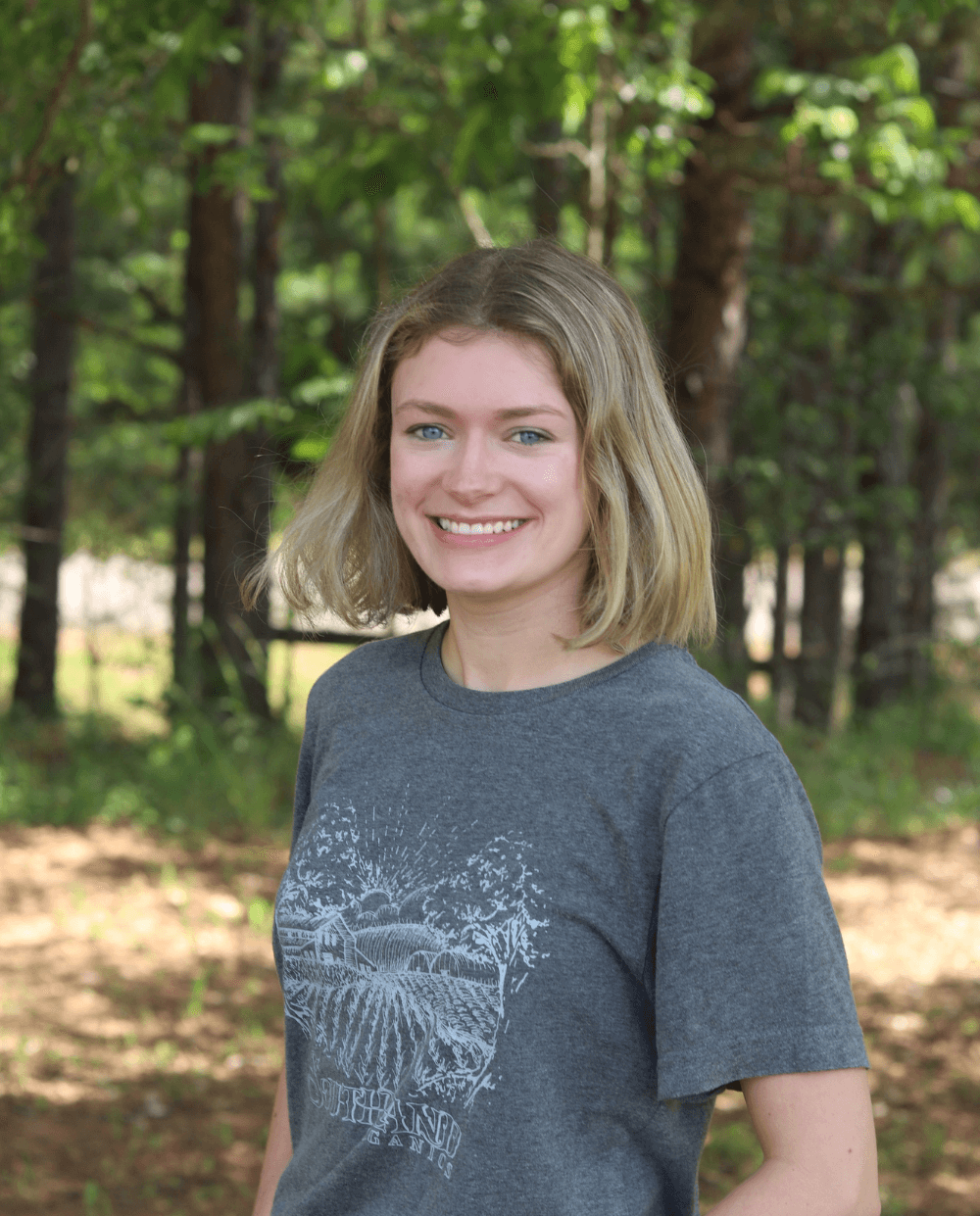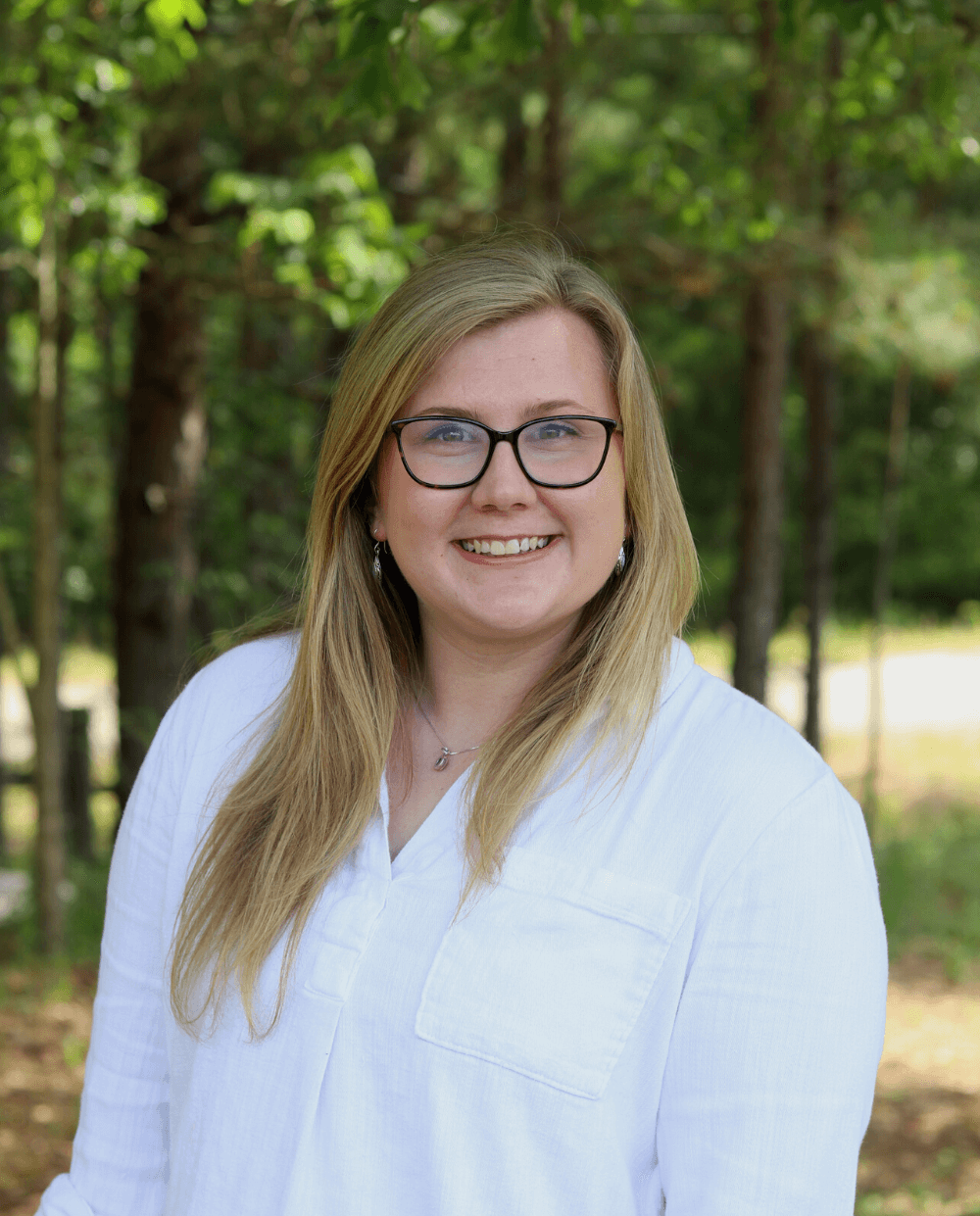We can take the grocery store for granted. The aisles are lined with fresh produce and meat, always convenient for us to simply show up and buy. We have endless choices set before us, and all we have to do is reach out and grab them… and buy them, of course. Grocery stores are a huge convenience to us, but we may not fully understand what happens beyond the shelves. How does all that food get into every store, feeding millions across the country each day?
The last several decades have shown interesting trends involving farm size, total acreage per farm and production levels. The number of farms and total acreage farmed are falling while production is rising. But what is making this possible? How is it that less farms are producing more food while using less land? And how are they able to fill grocery store shelves with food so fully and consistently?
Here’s the truth: This has been made possible by advancing technology in disease management, veterinary practice, environmental adaptation and nutrition in farming practices. Today, the majority of poultry are grown in climate controlled housing. Precision agriculture makes it easier to care for and harvest crops. Robotic equipment milks our cows and collects our eggs. Although these changes are drastic, they have allowed farmers and growers to continue to provide for our nation and others across the globe.
However, there are critics of the agriculture community that suggest there are better ways. Some say we should all be responsible for growing our own food. Some claim that our current agricultural practices are cruel, and many use “factory farming” as a negative term. But there’s more to the system than we realize when looking at a commercial farm or when we’re perusing the meat aisle. There are certain intricacies that should be considered before advocating for alternate types of production in terms of land availability and usage.
Let’s think about the numbers- the Food and Agriculture Organization of the United Nations recommends 17 acres of land per person per year for them to be considered “self sufficient.” This does not include losses attributed to weather conditions, disease, or crop failure. With a population of approx. 328.2 million people, the United States would need more than 5.5 billion acres for every American to be food “self sufficient.” The U.S. is approx. 2.4 billion acres including water bodies, urban areas, volcanoes, mountains, deserts and ice. Unless we have a drastic population dieoff, total subsistence farming just won’t cut it.
Fortunately, a small portion of the population, close to two percent, uses a small portion of that land, about 900 million acres, to ensure that food is readily available in a much less environmentally, physically or mentally demanding manner for the rest of us. This task should be appreciated and respected by all.
So the next time you reach for a bell pepper or a bag of chicken nuggets at the grocery store, imagine having to grow it yourself. And to those of you who have dedicated your lives to supporting our food system, we at Southland Organics thank you from the bottom of our hearts.
To learn more about industrialized farming practices, check out our previous blog on debunking the term "factory farming."






